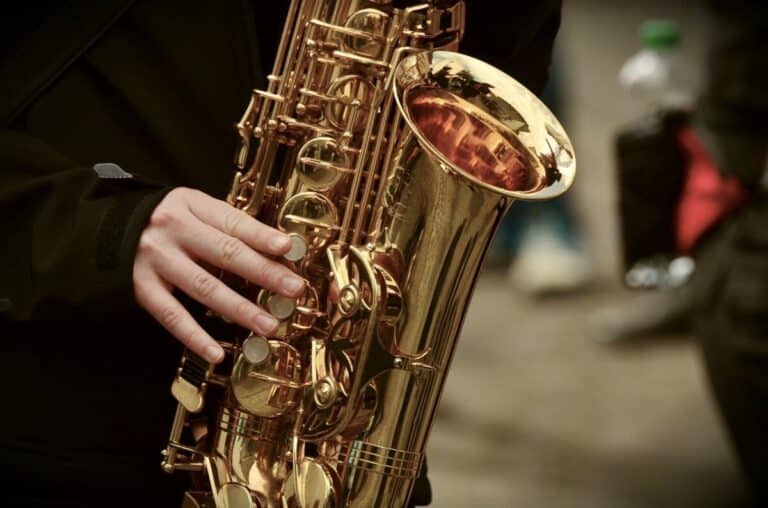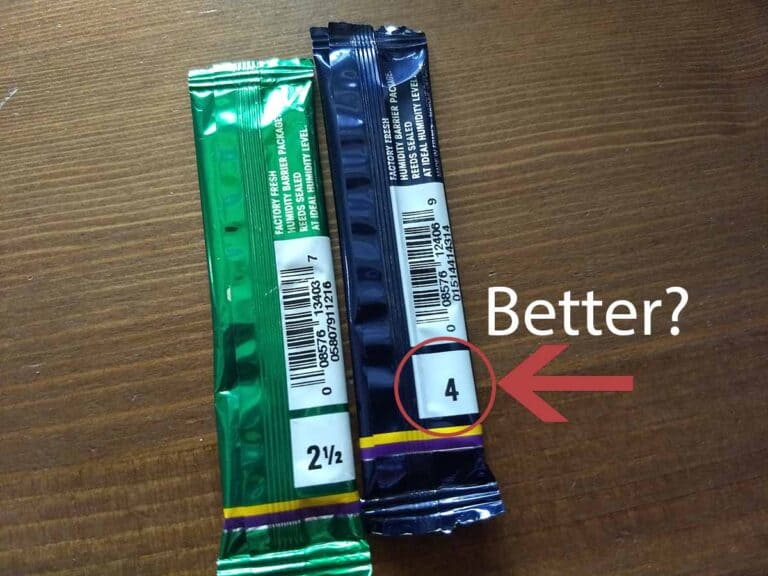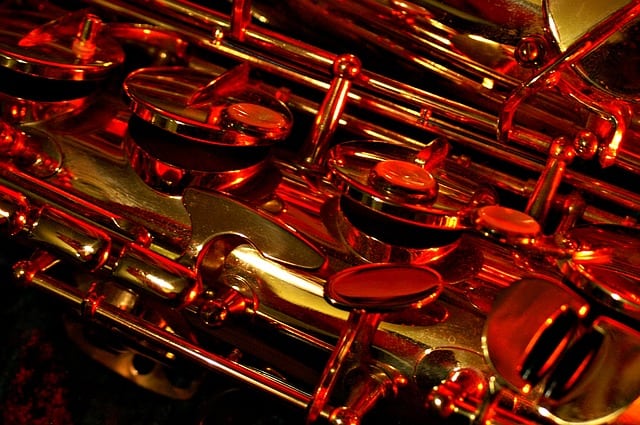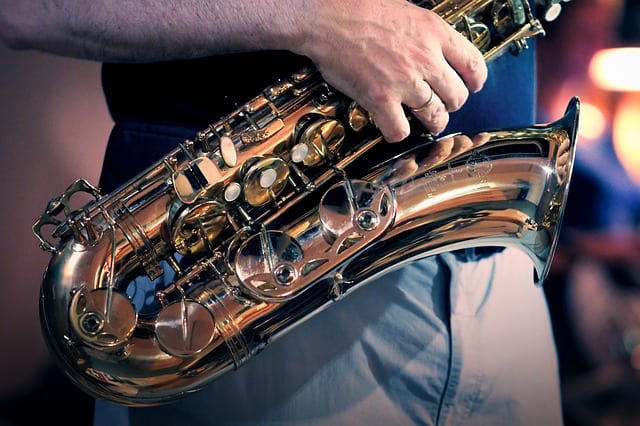How to Stop Your Cheeks from Puffing on Saxophone
It is extremely common for beginning saxophonists to puff out their cheeks while they play. I believe that this is a bad habit that should be corrected. This problem usually goes away with experience, but at first it can nonetheless be frustrating. So, how do you stop your cheeks from puffing?
The easiest way to stop your cheeks from puffing is to pull the muscles around the corners of your lips toward the mouthpiece as you play. Practicing in a mirror as you do this will help you break the habit as quickly as possible.
It is difficult to convey in words the exact muscle movements required to eliminate puffy cheeks, but I will try to offer analogies to get as close as possible.
The “rubber band” analogy
Whether your cheeks puff out when playing is highly dependent on your embouchure, or the way that you use your lips, teeth, facial muscles, and tongue while playing. If you can get your embouchure right, then puffy cheeks will simply no longer be an issue.
My personal favorite description of saxophone embouchure is the “rubber band” analogy. Think of the muscles in your mouth as a rubber band wrapped around the mouthpiece, just tightly enough so that no part of the rubber band is loose (but no tighter).
If a rubber band were wrapped around the mouthpiece, it would apply equal pressure toward the mouthpiece from all angles. This is how the muscles around your mouth should act on the mouthpiece as well. All the muscles move inward and apply an equal amount of pressure from all angles.
The most important muscles for dealing with puffy cheeks are the ones around the corners of your mouth. You need to consciously pull these inward to stop your cheeks from puffing. I am not referring to the corners of your lips themselves, but rather to the muscles around the corners of your lips. You don’t necessarily need to pull the corners of your lips in, but you absolutely need to pull the muscles around them in to prevent your cheeks from filling with air.
The muscles near the corner of your lips are part of the rubber band. They should apply the exact same amount of pressure to the mouthpiece that your upper teeth and lower lip apply to the top and bottom of the mouthpiece respectively. All of the muscles around your mouth should work to hold the mouthpiece in place, and a side benefit is that engaging your muscles in this way will prevent your cheeks from puffing.
A different analogy
Again, it is difficult through mere words to describe exactly what to do with one’s embouchure. Much of the process of teaching is providing analogies and hoping that one of them makes sense. If the rubber band analogy didn’t work for you, perhaps this one will.
Imagine that you have a piece of food in your mouth that is either particularly sour or tart. Eating such a food might make you pucker your lips ever so slightly – and specifically it would cause you to bring the muscles around your mouth inward. You don’t need to bring the muscles forward, just inward.
This is a different way of making sense of saxophone embouchure, but the result should be the same. Bring the muscles around your lips and in your cheeks inward, and your cheeks will no longer be able to fill up with air. Thus, they will stop puffing.
Mirror practice
In many cases, the best way to fix an issue (especially one regarding muscle movements) is to be extremely aware of it. I believe that cheek puffing is one such issue.
One of the best ways to cultivate awareness of muscle movements, especially of those in the face, is by practicing in a mirror. The idea is to actively check whether you are puffing your cheeks as you play saxophone. Try making adjustments in your face, and see if you can solve the problem. If the problem doesn’t go away, try moving different muscles. Babies learn to move and walk through trial and error; learning to move your muscles in a way that is ideal for playing saxophone is a similar process.
As you consider the analogies I offered above, I recommend you practice forming your embouchure in a mirror. Play your saxophone in front of the mirror and notice which muscle movements correspond to which change in the position of your body. This, I think, is the fastest way to resolve the puffy cheeks problem.
Conclusion
While having puffy cheeks is a bad habit for saxophonists, I find that it tends to be one of the easier problems to correct. It usually goes away with experience, and hopefully the information I’ve offered above can help speed up the process.
Note that saxophone embouchure is a complicated subject, and the account I’ve given here is by no means complete. It is best to have a private teacher to make sure that there aren’t other mistakes in your embouchure.
I hope that this article helps you to stop puffing your cheeks!







